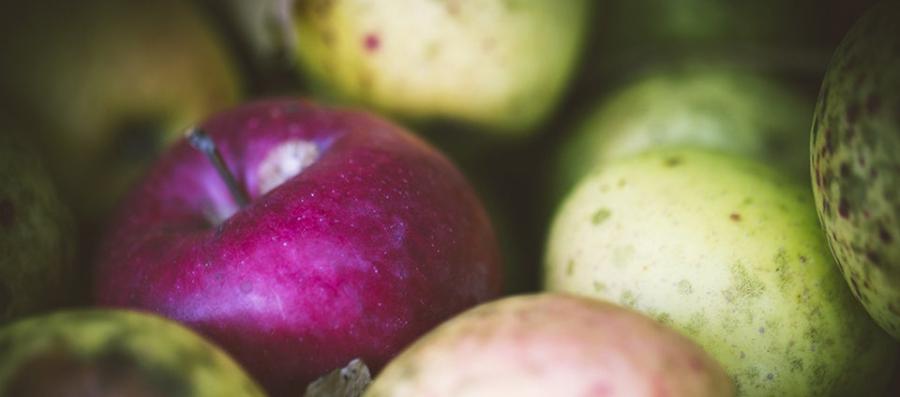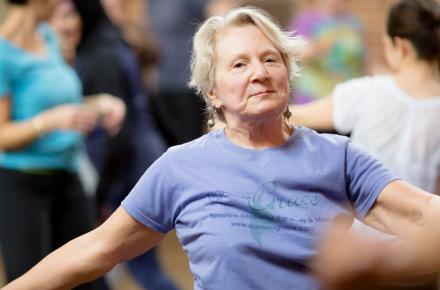Closer to Home

The concept of eating local is as old as humankind itself, when hunters and gatherers would naturally eat plants and animals that grew or lived nearby. But with industrialism and the advent of the big box supermarket, where absolutely no food is out of season, we’ve grown accustomed to having whatever we want, whenever we want it: Macintosh apples in humid Miami, coconuts in snowy New England. Now, a growing number of people—dubbed “locavores”—are going “back to the earth,” eating locally grown or made food as much as possible.
Eating local doesn’t mean having to get your hands dirty. (Though perhaps the biggest coup for the eat-local movement came when Michelle Obama announced the groundbreaking of the White House vegetable plot, the property’s first since Eleanor Roosevelt’s WW II–era Victory Garden.) There are urban farmers’ markets and farm-to-table-obsessed neighborhood chefs to help out those of us without gardens of our own. Here at Kripalu, up to 75 percent of the produce we serve comes from local farms, depending on the time of year. So why should you consider joining the local food movement?
Consider the environment. According to the Leopold Center for Sustainable Agriculture, much of the food we eat travels an average of 1,500 miles to get from farm to supermarket. The gas-guzzling ground or air transport required to make that happen impacts the earth, as do the preservatives and preservative techniques needed to help those Costa Rican bananas stay ripe until they hit New York shelves.
“I believe in eating local for a few reasons,” says John Bagnulo, PhD, who teaches in Kripalu programs and runs an organic berry farm with his wife in Belfast, Maine. “You have a much smaller footprint on the planet, for one. And because your food travels less distance, it’s fresher, tastes better, and is more nutritionally dense.” In John’s Nutrition and Cooking Immersion program, students learn about how and why to eat locally, and how to use local bounty to prepare healthful, whole-food meals.
Of course, eating locally means a focus on fruits, vegetables, and other whole foods, which, in turn, encourages us to eat more healthfully. Erin Murray, a Boston-based food editor, spent a month eating vegetables, meat, and dairy bought exclusively from local farms. “The hardest part was the planning,” says Erin, who spent hours each week running around to farm stands and urban markets to satisfy her shopping list. “But I loved the connection I had with my local farmers. And knowing exactly where my food came from helped me trust it a little more.” She and her family now belong to a meat and vegetable farm share, which ensures them a certain amount of locally sourced products each week. She buys local dairy when she can, and shops at farmers’ markets in the summer. “I even feel better about eating local than eating organic,” she says.
In fact, given the choice, John agrees he’d almost always choose local over organic, pointing to the fact that even small farms that aren’t certified organic tend to use fewer harsh chemicals than some large-scale farms that are. But the most important thing to remember when going local is that every little bit helps.
© Kripalu Center for Yoga & Health. All rights reserved. To request permission to reprint, please e-mail editor@kripalu.org.




















































